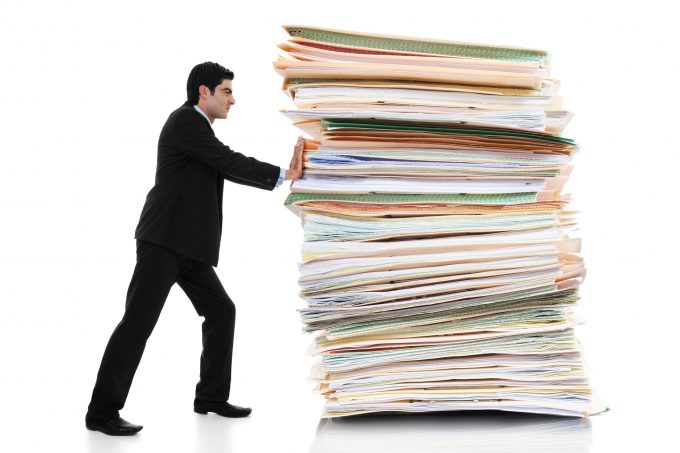Multimodal negotiable cargo documents a step closer to reality
Negotiable cargo documents are one step closer to realisation, allowing goods to be sold in ...

Electronic bill of lading (eB/L ) interest group the Digital Container Shipping Association (DCSA) has announced that nine shipping lines have signed a commitment to go fully digital by 2030.
But experience from the air cargo industry shows the process will likely not be as straightforward as advertised.
MSC, Maersk, CMA CGM, Hapag-Lloyd, ONE, Evergreen, HMM, Yang Ming and Zim signed a commitment to have 50% of their bills of lading digitised by 2025, and 100% by 2030 – a move that ...
'Disastrous' DSV-Schenker merger would 'disrupt European haulage market'
New senior management for DSV as it readies for DB Schenker takeover
Volumes set to 'fall off a cliff' as US firms hit the brakes on sourcing and bookings
Asian exporters scramble for ships and boxes to beat 90-day tariff pause
Amazon pushes into LTL for small package fulfilment and UPS does a u-turn
Temporary tariff relief brings on early transpacific peak season
Pre-tariff rush of goods from US to China sees air rates soar, but not for long
'Tariff madness' will prompt renegotiation of ocean shipping contracts

Comment on this article